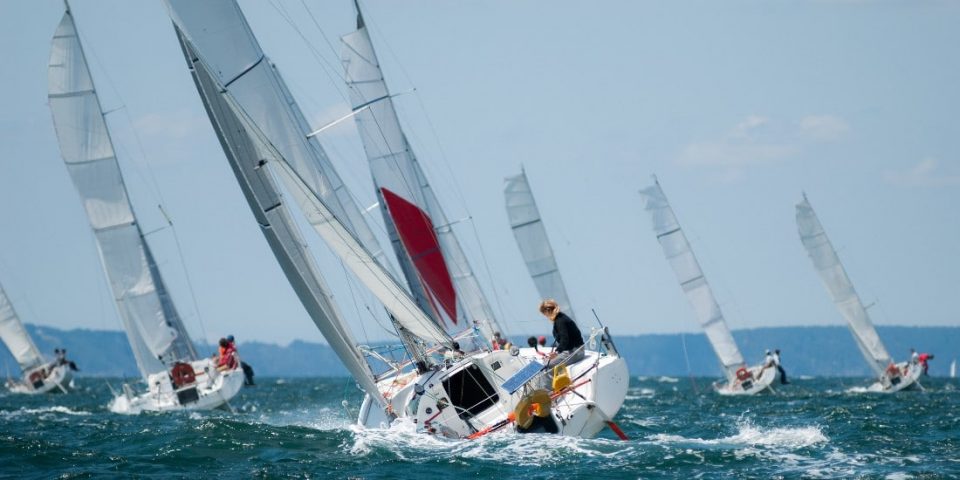Following the strategic decision to enter the world of competitive sailing (see our article), in May Araldite made significant inroads by introducing a dedicated resource within their website focused on the simulation of structural bonding, called Material Models. This Material Models resource provides a real asset for those looking for detailed information on the simulation of bonding. The Material Models content provides detailed guidance and expertise on the materials used, the resistance needed, the possibility for clamping, the thickness of the joint, and the range of temperatures the parts will be used in. These details, and Araldites long standing heritage of industry leadership and expertise, are included in specific case examples.
Ten of the brand’s flagship products, from a range of over 200 products, have been comprehensively detailed and catalogued in a user friendly format. Detailed user and application aspects such as surface preparation to the specific bonding processes and all technical data are now available on demand. This information has been purposely designed with the end user clearly in mind. The new digital resource incorporates not only a clear navigation and design where highly valued content remains easily accessible, it is delivered in a compressive and uncomplicated format. This is a much appreciated approach compared to other manufacturers who provide indigestible technical sheets that are difficult to understand and apply.
“These ten products span about 80% of the spectrum of applications in boating, whether it be racing boats or the construction of pleasure boats,” explains Patricia Albisser, the marketing and communications manager at Huntsman, the American company that owns Araldite. All the data which is presented within the dedicated space is directly derived from results achieved in the in-house laboratories. Such data is disseminated as required, free of charge with a direct access preview which already offers a very significant overview.
Patricia Albisser further adds, “These Material Models represent a significant investment for the organization and we have already tested them in the field of wind energy and we know that they are satisfying a real demand. Our team will be monitoring the value and impact of introducing this information in the new format and will be taking feedback from professionals over the next 6 months with the goal of improving the service on offer.”
Laurent Chouvet, an adhesives specialist at Huntsman, clearly recognizes the value of providing such data to customers and end users. “In boating designers increasingly need to use detailed calculations that modelling and simulation enables…this is particularly the case in the field of racing boats and also in yachting, because you have to stand out and offer something new, being seen to be using available cutting edge technology to its best effect provides a competitive advantage”.
Apart from a very specific polyurethane adhesive, the nine other products selected in the Material Models are in the epoxy and methacrylate family. Epoxies are generally used when the need for mechanical performance is high and to minimize the weight of a structure and/or respond to a high concentration of loads. Epoxies are generally preferred on race boats as their chemistry uses the same bases as the resins which are used in the construction resins hence there is perfect compatibility.
“Our expertise in epoxies goes back more than 70 years and we have never stopped progressing in this area…recent years we have also seen us invest a lot in the methacrylate range which is of great interest to the series production of sailing boats”, explains Laurent Chouvet.
The three methacrylate adhesives detailed in the Material Models are very compatible with styrene (solvent for polyester) mainly used in the marine industries. Chouvet reminds us that, “…they also react faster which is important when seeking higher levels of productivity, often one of the key reasons to make this choice in the first instance,”
Additionally, methacrylate adhesives are more flexible in their range of use compared to traditional epoxies. They offer more adaptability in terms of surface preparation and can be used as a thin film, thereby filling gaps up to three centimeters thick in certain situations and formulations. This has proven to be a highly valuable option when joining large pieces such as a hull deck joins or a structural mould.
It is often said that methacrylates “stick everything to everything”! making repairs with methacrylates extremely useful and highly adaptable. Underwater repairs with Araldite 2051, the latest addition to the range, has recently sparked enormous interest to both offshore racers and those who want or need to stay independent and self-reliant when taking on greater technical challenges.
Photo: iStock






